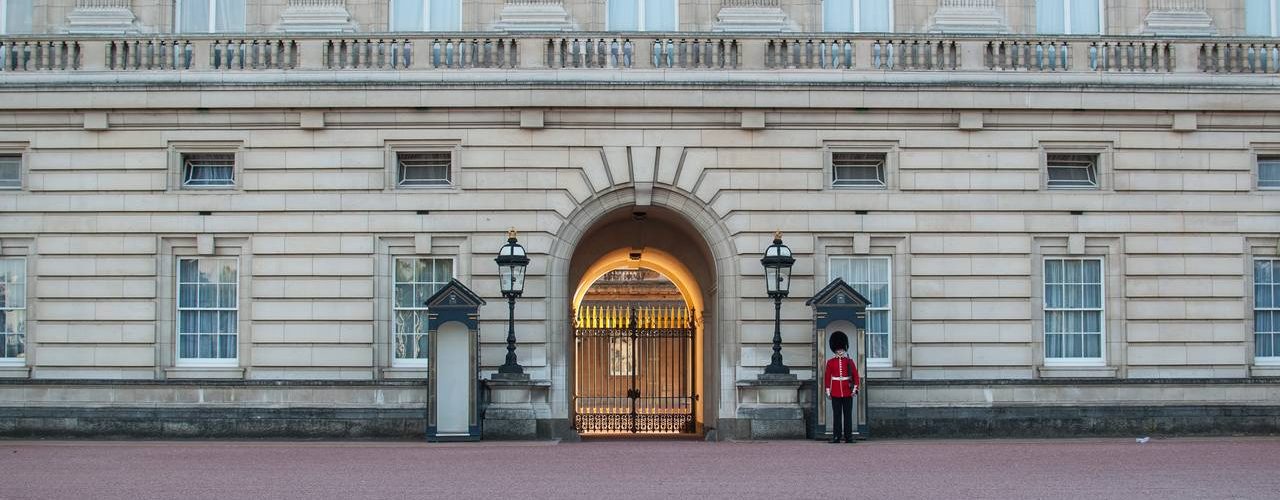- CIL is a planning charge for local authorities in England and Wales to support development
- It funds essential infrastructure needed due to development
- Local authorities can charge CIL on new developments over 100 square metres or new dwellings
- Rates and requirements vary by location and development type
- CIL is non-negotiable and based on factors like size, location, and type
- Payable on commencement of development and subject to updates
- Professional guidance is crucial for calculation and timing
- CIL applies to new buildings, extensions, conversions, and change of use developments
- Exemptions include self-build housing, social housing, charitable developments, and small extensions
- Developers must submit forms and notices before starting development
- Missing deadlines or incorrect submissions can lead to penalties
- Non-compliance can result in surcharges, interest, enforcement, and legal action
- Developers should engage CIL specialists early and assess liability and exemptions
- CIL benefits local infrastructure, community facilities, transport, education, healthcare, and green spaces
- Recent reforms aim to improve transparency and enforcement
- Best practices include engaging advisors, maintaining records, timely submissions, and clear communication
- Understanding CIL is essential for property development in the UK
Source: deeksvat.co.uk
Note that this post was (partially) written with the help of AI. It is always useful to review the original source material, and where needed to obtain (local) advice from a specialist.















